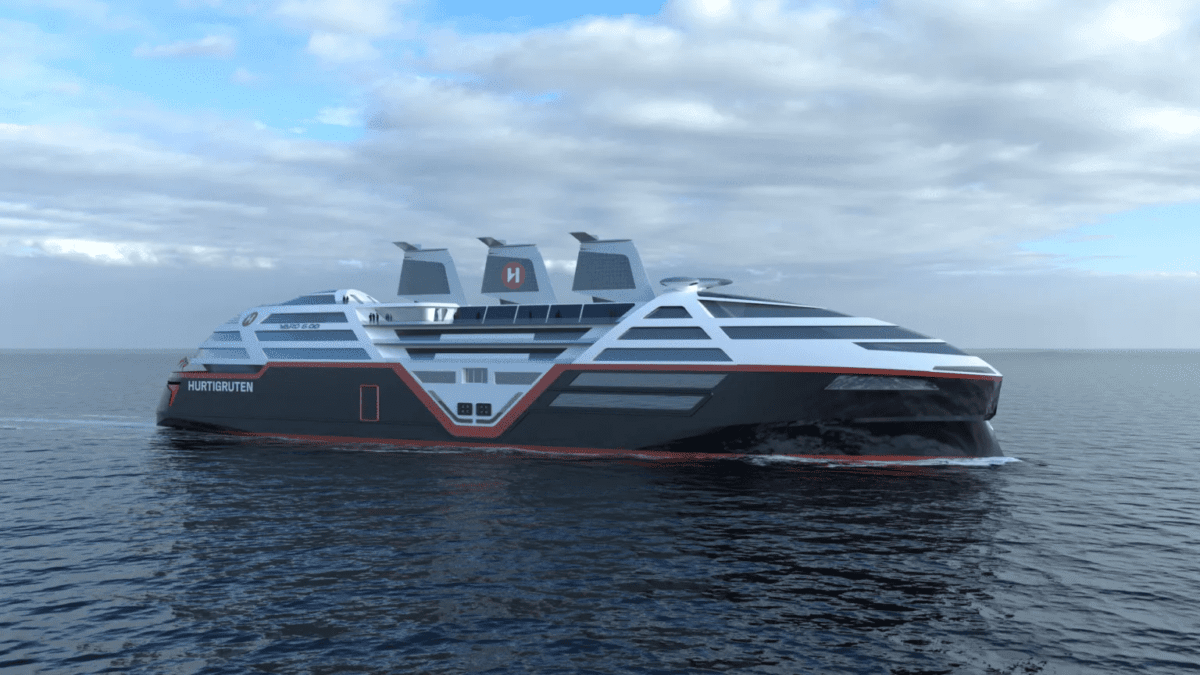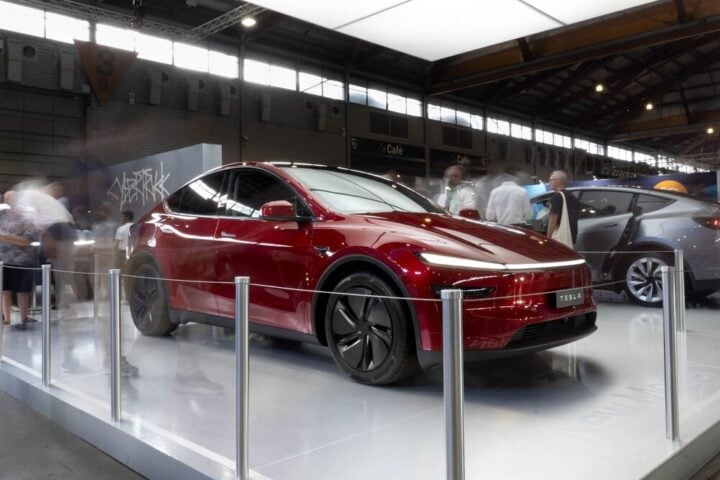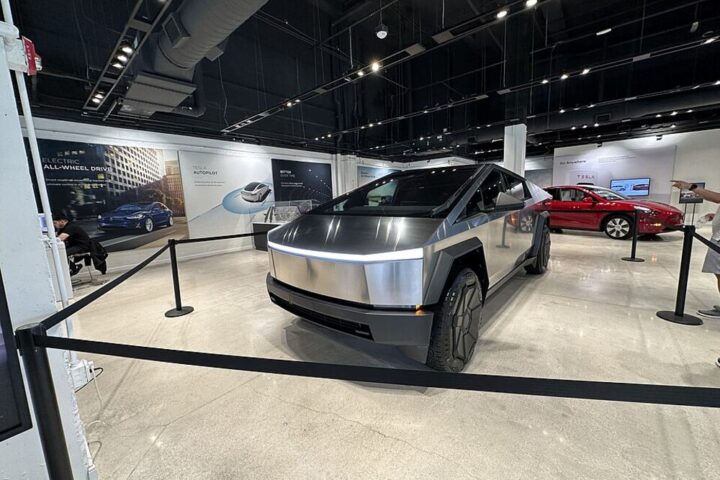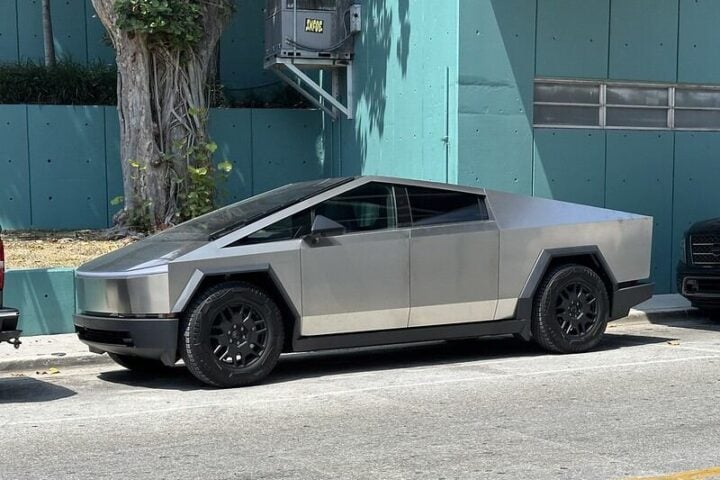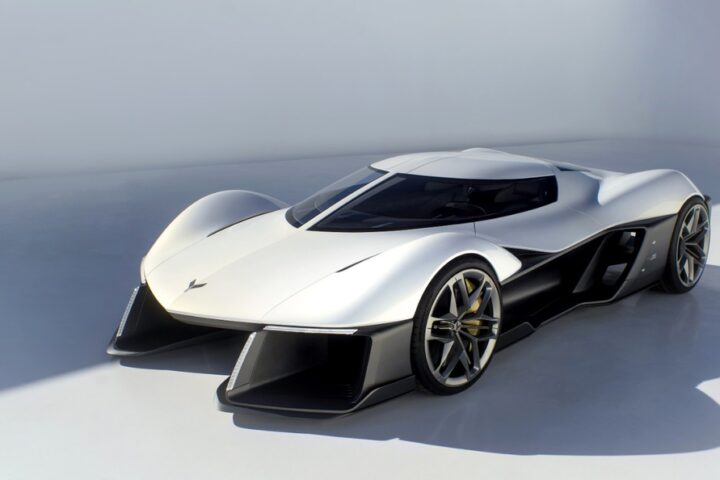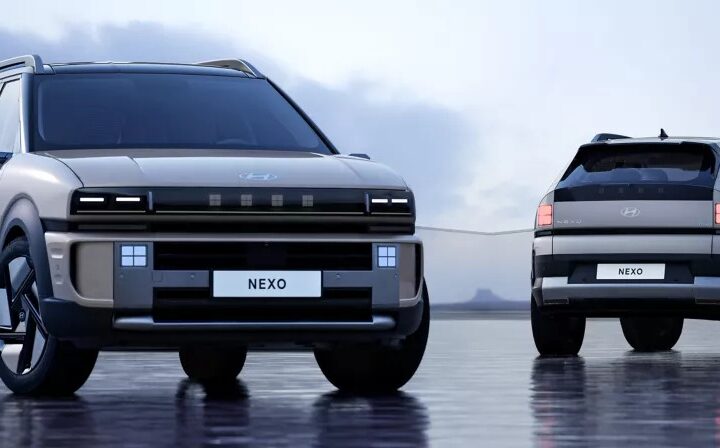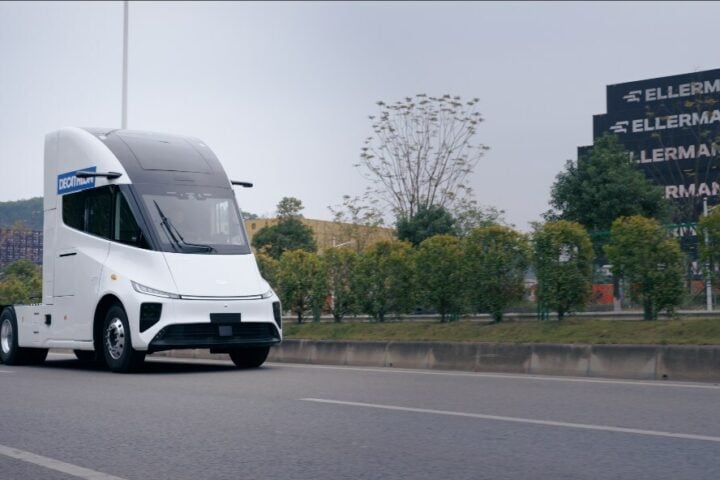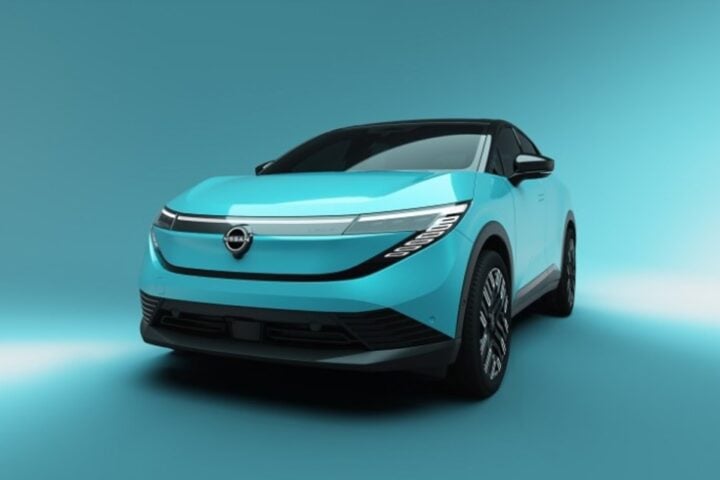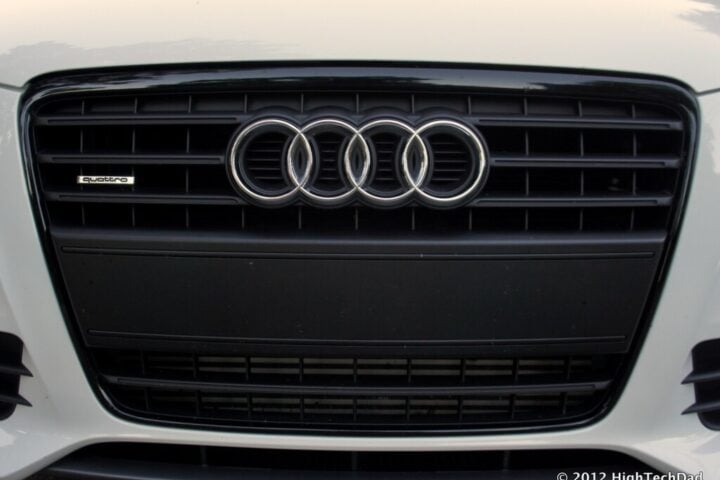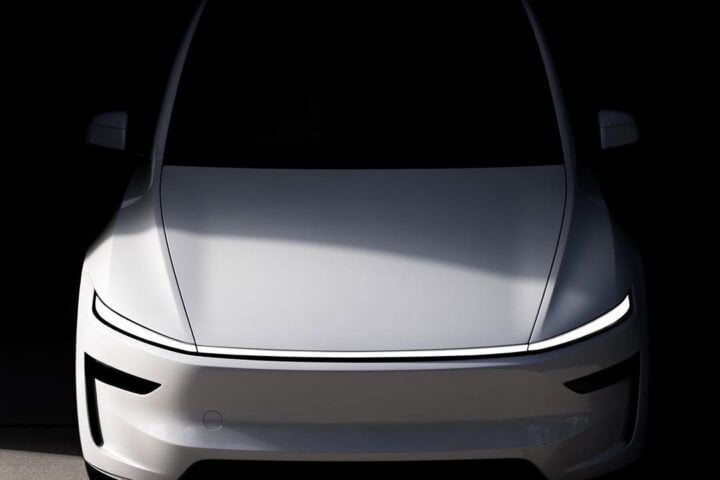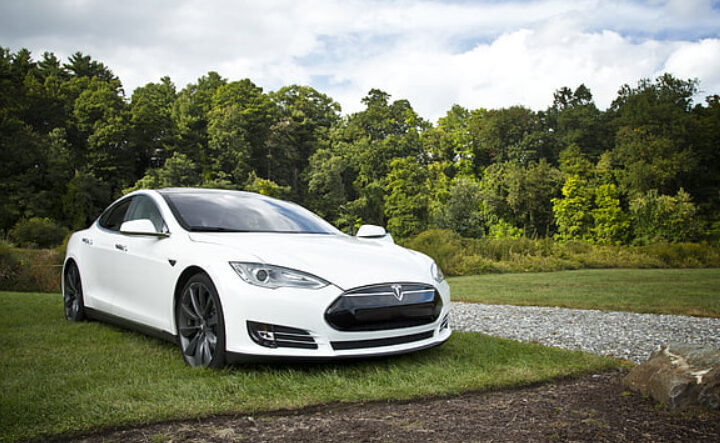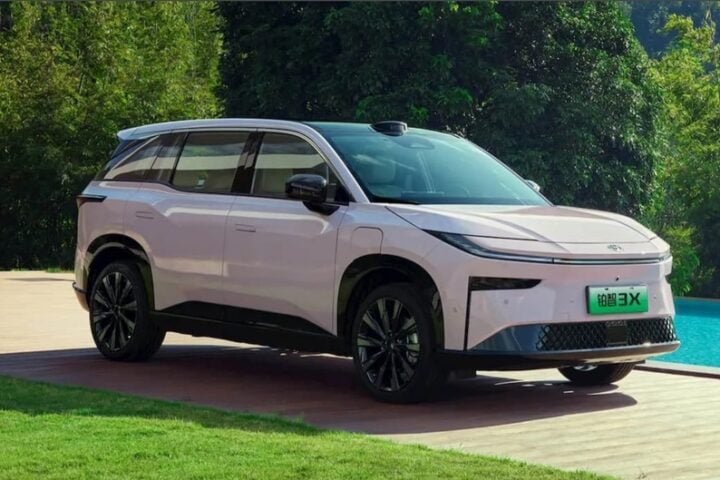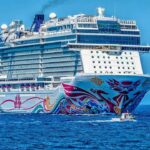Adventure cruise company Hurtigruten Norway has announced plans to launch a zero-emissions electric cruise ship with retractable sails covered in solar panels by 2030. The project, named “Sea Zero,” aims to inspire the maritime industry and achieve emission-free marine travel. Hurtigruten Norway is collaborating with 12 maritime companies and a research institute to explore technological solutions for sustainable shipping. The eco-friendly cruise ship concept incorporates battery-powered propulsion, artificial intelligence, and renewable energy sources. Traditional cruise ships running on heavy diesel fuel contribute significantly to environmental pollution, particularly in sensitive regions like fjords and Antarctica.
The sustainable cruise ship aims to cut down the negative impact on the environment and eventually replace Hurtigruten Norway’s entire fleet. With a length of 135 meters, Sea Zero will accommodate 500 passengers in 270 cabins and be operated by a crew of 99. The ship’s design features retractable sails with a total surface area of 750 m², augmented by 1,500 m² of solar panels, providing clean propulsion and generating additional energy. The ship will primarily rely on 60-megawatt-hour batteries charged with clean energy, with a range of 300 to 350 nautical miles. Three retractable sails, reaching a maximum height of 50 meters, will be deployed during windy conditions to harness wind power and supplement the batteries.
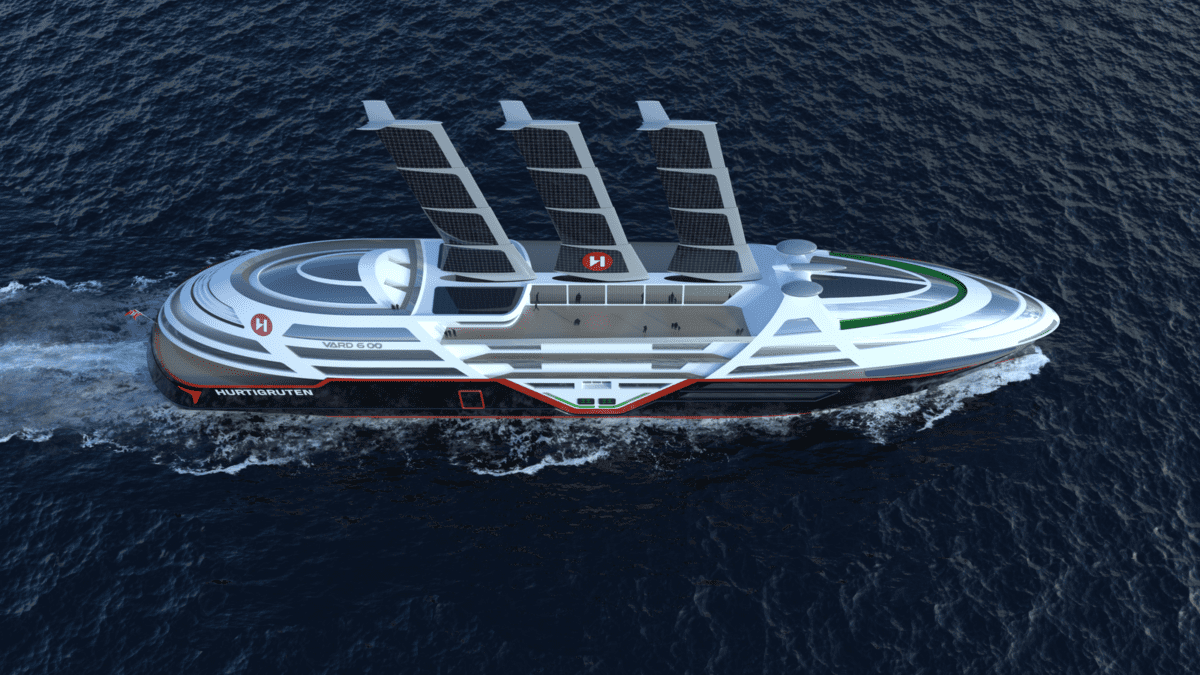
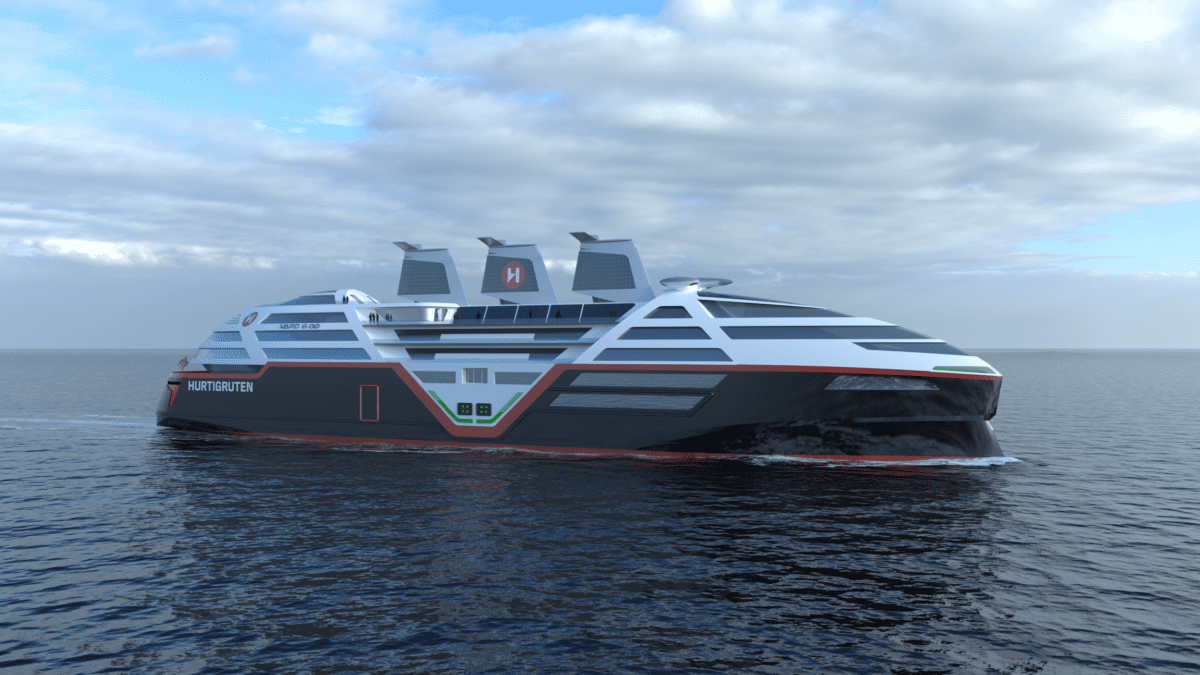
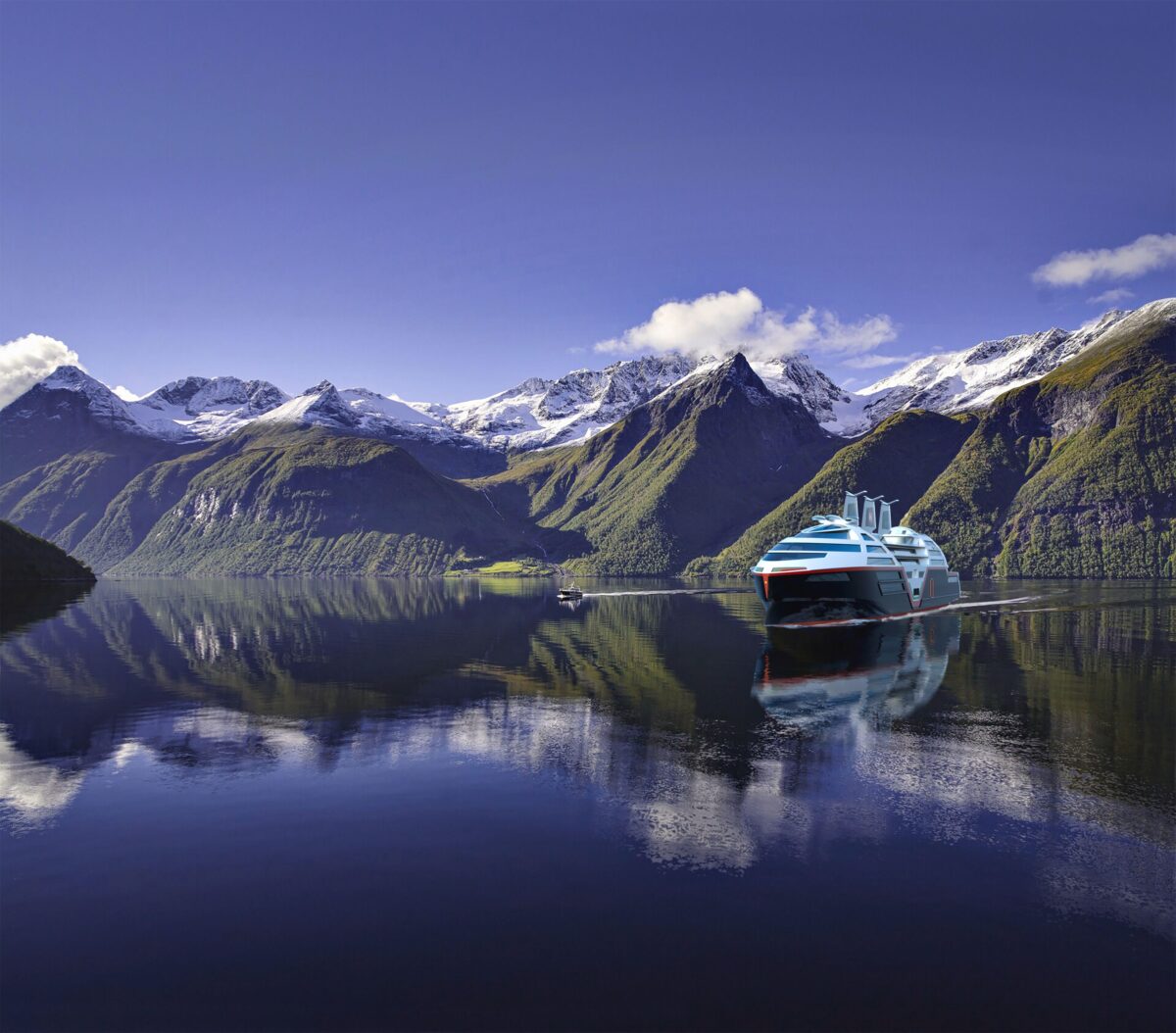
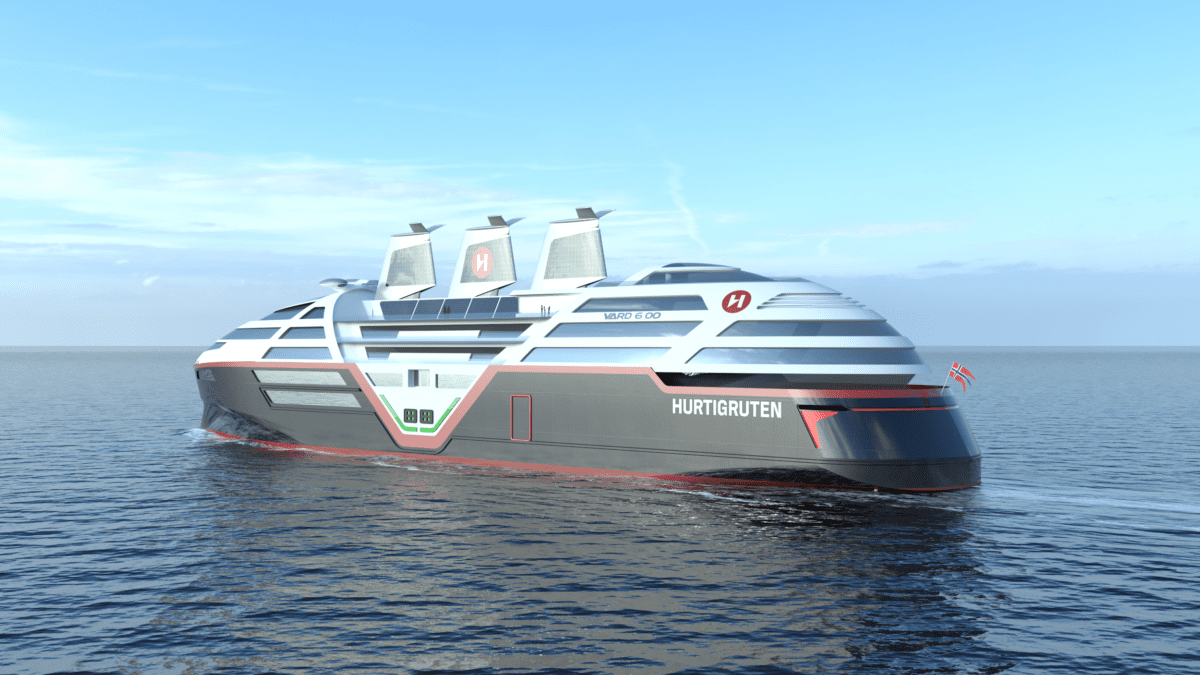
The ship’s design also includes air lubrication, advanced hull coating, and proactive hull cleaning systems to reduce drag and increase efficiency. The bridge of Sea Zero will feature an artificial intelligence system, reducing personnel requirements and improving navigational capabilities. Norway’s abundant sunlight, including the midnight sun phenomenon, will contribute to the ship’s power supply, complementing the renewable energy sources. The ship’s streamlined shape and improved ventilation system will further reduce energy consumption and enhance sustainability. An interactive mobile app onboard will encourage guests to minimize their water and energy consumption, raising awareness of personal environmental impact.In addition to passengers, the Sea Zero will be able to transport freight and a significant number of cars, leveraging Hurtigruten Norway’s cargo capabilities.
The project will focus on technology development, battery production, propulsion technology, hull design, and sustainable practices to reduce energy consumption. Hurtigruten Norway aims to deliver a groundbreaking ship that surpasses energy efficiency and sustainability standards within a few years. The shipping industry’s greenhouse gas emissions account for approximately 3% of global man made emissions, prompting efforts to reduce its environmental impact. Several designs for eco-friendly sailing vessels, including cargo ships and superyachts, have emerged, but most still rely on fossil fuel engines.
Similar Post
Hurtigruten Norway’s design includes a backup engine for safety reasons, running on green fuels like ammonia, methanol, or biofuel. The wider Hurtigruten Group has previously launched the world’s first hybrid, battery-supported cruise ship and is converting its expedition fleet to hybrid power. Hurtigruten Norway plans to test the proposed technologies over the next two years, finalize the design in 2026, and commence shipyard production in 2027. The company expects the first Sea Zero vessel to enter Norwegian waters by 2030 and aims to transition its entire fleet to zero-emission vessels thereafter.
